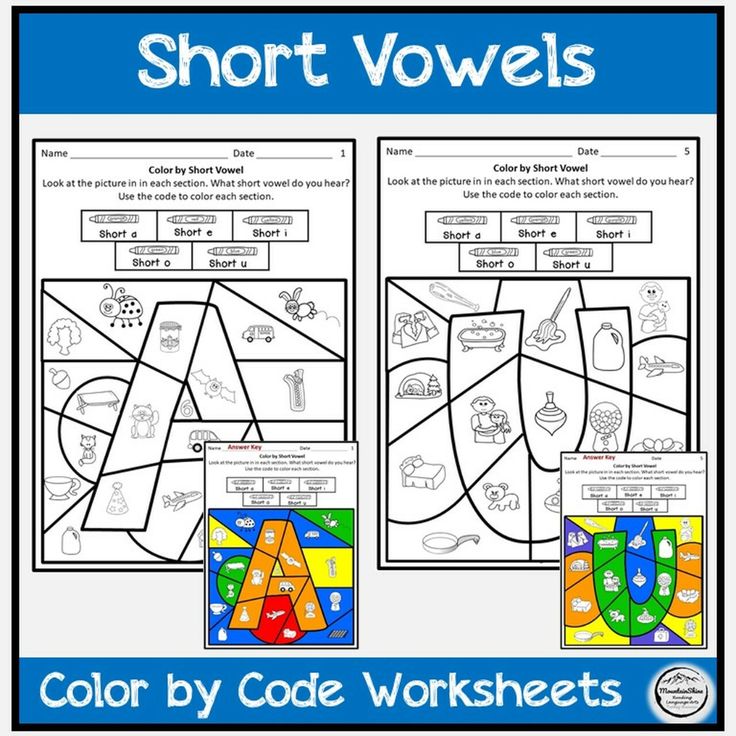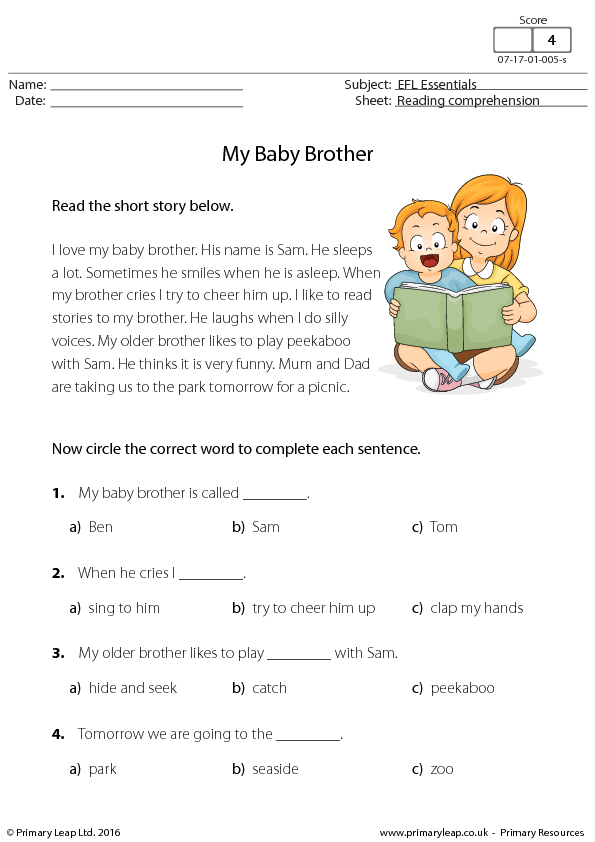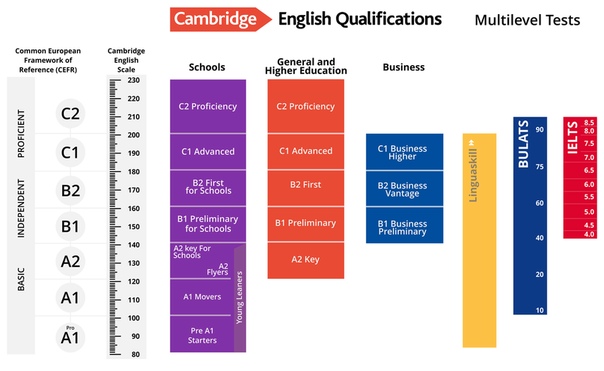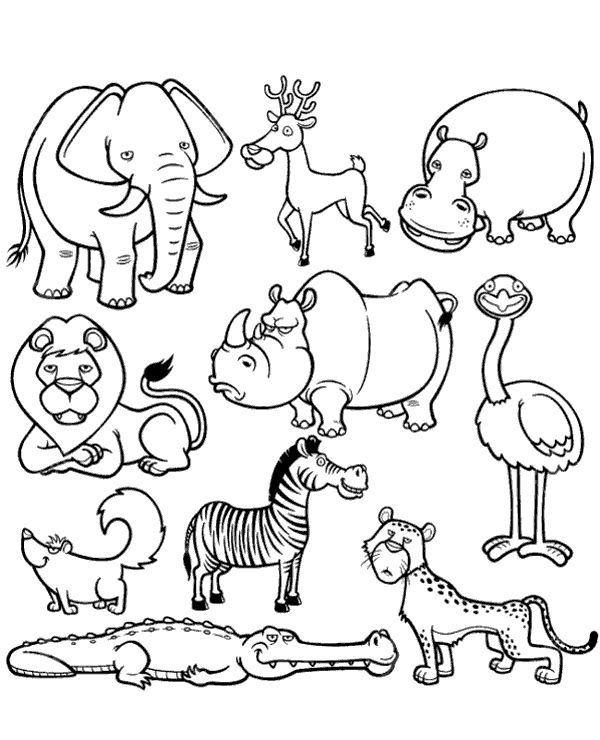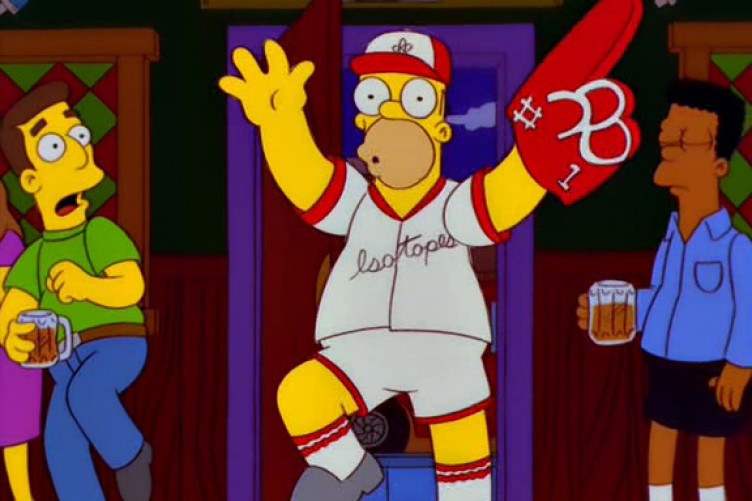Fun learning activities for kindergarten
Kindergarten activities and learning games
Looking for some fun games and activities for kindergarten students to keep little ones occupied — and learning — at home? Check these out!
-
Create a personalized placemat
Writing activity: This activity will help your kindergartner build reading and writing skills.
-
Sorting beans
Math activity: By sorting and categorizing beans, your kindergartner will begin to build math and problem-solving skills.
-
Amazing bubbles
Science activity: This fun activity engages your child’s curiosity and builds observation skills, which will become important as your child studies science.
-
Telling tales
Reading activity: By sharing family stories, you will reinforce an understanding of family and how things are similar or different from generation to generation. This provides a building block for studying social studies.
-
Making hieroglyphics
History activity: By delving into the art of ancient Egypt, you’ll be giving your child a glimpse of art history.
-
Letters in clay
Writing activity: Forming letters out of clay is a fun and easy art project that gives kids a hands-on feel for learning handwriting.
-
Create a name book
Reading activity: Using a computer and a camera, your kindergartner can learn basic computer skills by making this name book. Once the book is complete, they can read it over and over, and practice their reading skills.
-
Make a personalized bookmark
Writing activity: This easy project will help your child begin to learn the letters of the alphabet, and how to spell her name.
-
Make music in a kitchen Band
Math activity: Banging pots and pans, and beating on an oatmeal tin can teach the basics of finding the musical beat.
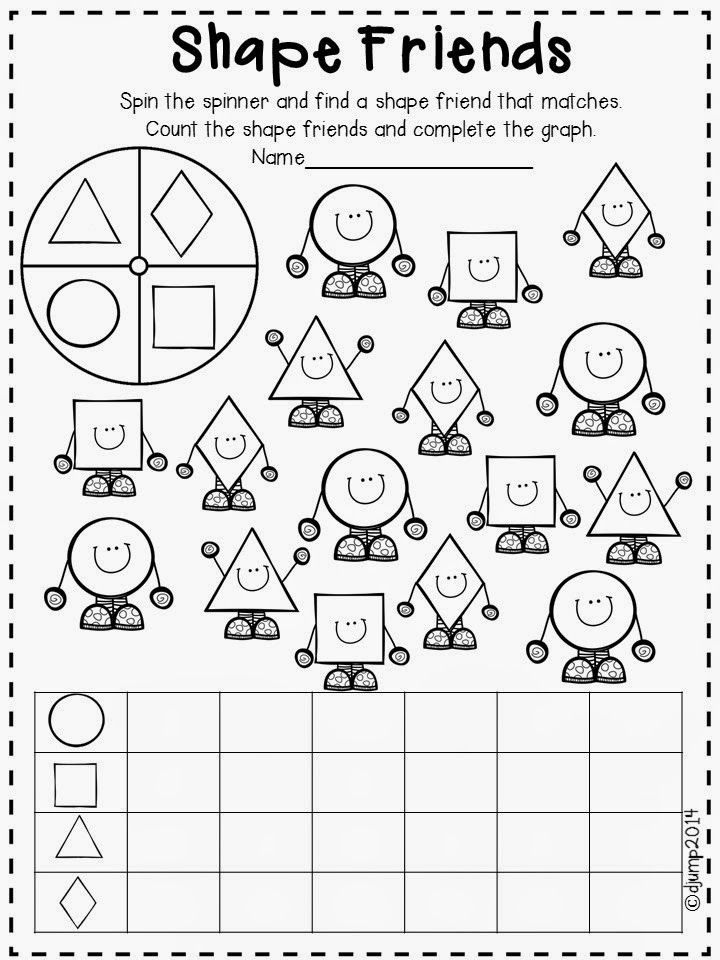
-
Counting coins
Math activity: By counting pennies, nickels and dimes, your child will learn how to count by ones, fives, and 10s.
-
Make a story map
Reading activity: Have your child make a story map to sequence the beginning, middle and end of a story.
-
Shape walk
Math activity: Go outside with your child and look for shapes.
-
The “scents” of smell
Science activity: Have your child explore the sense of smell by having her guess different scents.
-
Letter collage
Reading activity: In this activity your child explores letter sounds by making a collage.
-
Word family flip book
Reading activity: Have your child create this fun flip book to practice reading.
-
Make your own wrapping Paper
Art activity: Try printmaking to make your own wrapping paper!
-
Fruit fractions
Math activity: Here’s a clever and tasty way to review fractions with your child.
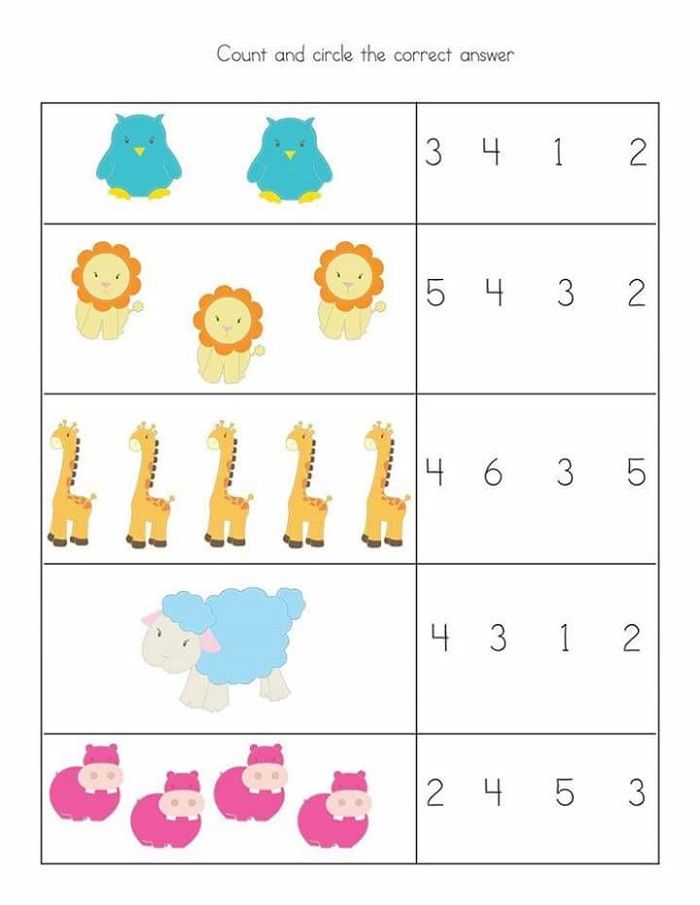
-
Make a storytelling board
Reading activity: In this activity your child acts out a story with a hand-made storyboard.
-
Living things and nonliving objects
Science activity: Have your child find living things and nonliving objects.
-
Name puzzle
Writing activity: In this activity your child makes a puzzle that helps her spell and recognize her name.
200 + FREE Hands-On Kindergarten Activities -
Make Kindergarten fun again! There are no worksheets here! Only exciting, hands-on activities for kindergarten! You’ll find STEM, reading, math, sensory activities and more to make learning fun!
Kindergarten introduces a lot of skills, but it is super important to keep learning fun! I’ve never met anyone who LOVED sitting at a desk doing worksheet after worksheet. Let alone a 5 year old…
Click on the skills below to go directly to the best hands-on learning activities for kindergarten.
Table of Contents: (Please note these links will take you directly to these skills on this page, so that you don’t have to scroll.)
Alphabet Activities for Kindergarten
While for most kids the alphabet is introduced at the preschool level, it takes many times of reviewing it before it becomes a solidified skills. And there are also many children who arrive in kindergarten knowing very few letters.
There are several steps to learning and using the letters of the alphabet to be able to form words.
- Letter recognition
- Uppercase Letters
- Lowercase Letters
- Uppercase and Lowercase Letters Combined
- Beginning Sounds
- Vowel Sounds
- Ending Sounds
All of these skills are needed to build successful readers!
- Alphabet Coloring Pages
- Magnetic Letter Alphabet I Spy
- Alphabet Sensory Bin
- Alphabet Crafts for Kids
- Tissue Paper Letters
- Cloud Dough Letter Smash
- Alphabet Stack Up Game
- Alphabet Ants- Letter Formation Game
- Mitten Letter Matching Activity
- Valentine Spin & Stamp Letter Recognition Game
- Pumpkin Spin & Stamp Activity
- Spring Spin & Stamp
- Snowman Spin & Stamp
- Thanksgiving Spin & Stamp
- Alphabet Uppercase/Lowercase Pumpkin Matching Game
- Fall Leaf Letter Matching
- Acorn Alphabet Matching Game
- Christmas Tree Multi-Font Letter Sorting
- Apple Tree Multi-Font Letter Sorting
- Chicken and Egg Multi-Font Letter Sorting
- 25+ Fun Alphabet Books
More Alphabet Activities for Kindergarten
Reading and Beginning Phonics Kindergarten Activities
Kindergarteners learning to read is one of my favorite things!! I love hearing them form those first words and start on the road to reading!
- CVC Word Building Apple Tree
- CVC Word Building Fall Leaves
- CVCE Word Family Apple Basket
- CVCE Fall Themed Word Building
- CVC Word Family Bump! Games
- Sorting Short Vowels and Long Vowels
- Fruit Themed Write the Room
More Beginning Reader and Phonics Activities
Sight Word Activities and Printables for Kindergarten
- Fall Sight Word Scavenger Hunt
- Sight Word Clouds
More Hands-On Sight Word Activities
Counting Activities and Printables for Kindergarten
- Color by Number Printable
Mini Eraser Counting Grids
- Star Mini Eraser Counting Grids
- Candy Corn Mini Eraser Counting
- Conversation Heart Mini Eraser Counting Grids
- Pizza Counting Grids {English and Spanish}
- Gumball Counting Grids {English and Spanish}
- Dragons and Tacos Counting Grids {English and Spanish}
- Easter Egg Counting Grids
- Unicorn Counting Grids {English and Spanish}
- Snowman Counting Grids
- Apple Counting Grids
More Themed Counting Grids
- Cupcake Counting Grids
- Groovy Buttons Counting Grids for Pete the Cat
- Chocolate Chip Counting Grids
- Pumpkin Counting
- Leaf Counting Grids
- Dinosaur Counting Grids
- Ocean Animal Counting Grids
- Pot of Gold Counting Grids for St.
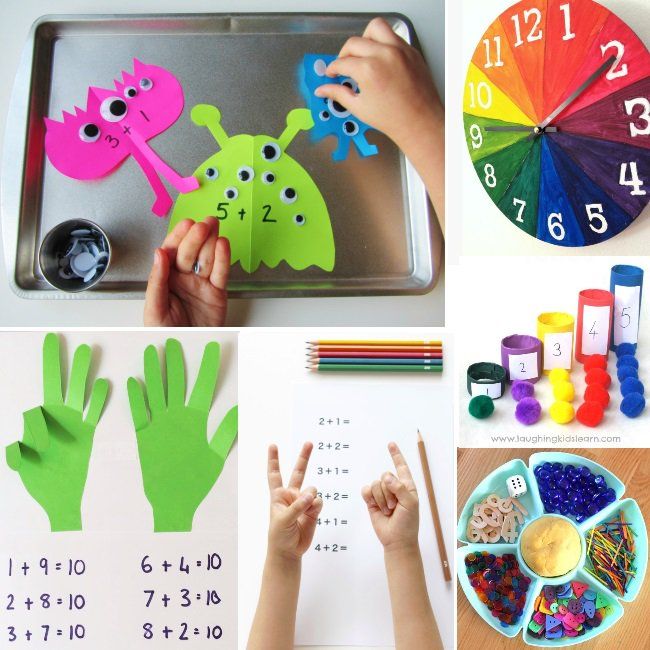 Patrick’s Day
Patrick’s Day
Counting Cards for 1-10
- Ladybug Counting Cards
- Monkey and Banana Counting Cards
- Sock Monkey and Fall Leaf Counting Cards
- Baa, Baa Black Sheep
- Baby Chick Farm Animal Counting Cards
- Dog Bones
- LEGO Counting
- Button Counting
Winter and Valentine’s Day Counting Cards
- Christmas Tree Lights
- Winter Mitten Pom Poms
- Hot Cocoa and Marshmallows
- Peppermint Candy
- Conversation Heart
Fall Theme Counting Cards
- Pumpkins
- Candy Corn
- Squirrel and Acorn Counting Cards
- Spider Webs
Play Dough Number Mats for Counting
Themed Number Mats for Kindergarten Math
- Pirate 1-10 | Pirate 11-20
- Sunflower 1-10 | Sunflower 11-20
- Conversation Hearts 1-10 | Conversation Hearts 11-20
- Valentine Ten-Frames 1-10
- Fall Candy Jar 1-10 | Fall Candy Jar 11-20
- Christmas Trees 1-10
- Cookies 1-10
- Penguins 1-10
Math Dice Games for Counting
More themed Roll and Count Dice Games for Kindergarten
- Apple Tree
- Unicorn
- Farm Animal
- Crayon Box
Spring Dice Games for Counting
- Rainy Day
- Flower Pot
- St.
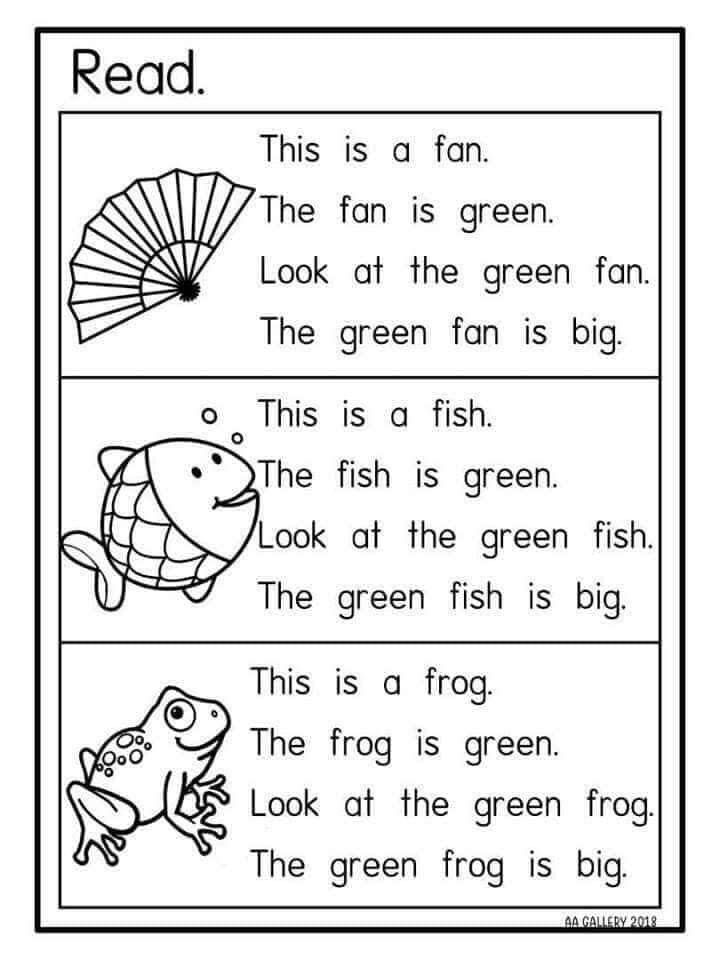 Patrick’s Day
Patrick’s Day
Summer Dice Games for Kindergarten
- Seashells
- Watermelon
Fall Dice Games
- Turkey Feathers
- Spider Web
Winter Roll and Count Dice Games
- Christmas Tree Lights
- Snowflake
- Gingerbread
Ten-Frame Counting Games
- Apple Ten-Frame Hide and Seek Game
- Unicorn Ten-Frame Hide and Seek Game
- Christmas Tree Ten-Frame Hide and Seek Game
Themed Counting Activities
- Fruit Themed Counting Games
- 7 Number Recognition Card Games
- Bakery Pretend Play Printables for Counting
- Silly Monsters Mini Counting Pack
- “How Many Cows on the Farm?” Snack & Math Game
- Construction Theme Counting to 5 Board Game
- Back-to-School Counting Puzzles
- Transportation Theme Counting Pack
- Fall Emergent Reader Counting Book
- Winter Counting Puzzles
- Christmas Counting Sensory Bin Matching Game
- Easter Egg Number Recognition Puzzles
Non-Printable Hands-On Kindergarten Counting Activities
- Apple Tree Fingerprint Art & Math Activity
- Falling Star Counting Game
- DIY Ocean Animal Clip Cards for Counting
- DIY Mitten Counting Game
- Snowball Counting Activity
- DIY Valentine’s Theme Board Game for Counting
Kindergarten Addition Activities: Addition to 10
More Hands-On Addition Activities
Graphing Activities and Printables for Kindergarten
- Winter Color Graphing
- Colored Shoe Graphing (Great for Pete the Cat!)
- Australian Animal Graphing
- Fidget Spinner 2D Shapes
- Bug Graphing
- Car Graphing on a Bubble Road
- Donut Theme
- Superhero Theme Dice Graphing Activity
- Valentine Cupcake Theme
- Rainbow Bear Color Graphing
- Fall Leaf Activity
- Forest Animals
- DIY Flower Graph
- Farm Animal Theme
Kindergarten 2D and 3D Shape Activities and Printables
Kindergarten Shape Activities and Printables
Shape Matching Games
- American Flag Shape Matching
- Cactus Matching Game
- Apple 2D Shape Matching Game
- Shape Matching Games
- Silly Shapes
- Pumpkin Shape Matching Game for Fall
- Penguin Matching Game for 2D Shapes
- 2D Shape Graphing Game for Fidget Spinners
- 3D Shape Mini Pack
- 2D Shape Mini Pack
- 2D Shape Play Dough Mats
- Shape I Spy Counting Mat
- Dog House Shape Spinner Game
Winter Shape Printables and Activities
- Snow Shapes with Penguin Shapes
- Winter 2D BINGO Games
- Christmas 2D Play Dough Mats
- Gingerbread Shape Games and Activities
- Snowman 2D Play Dough Mats
Hands-on Shape Games and Activities
- Foam Shape Sensory Bag
- Exploring Shapes with Play Dough Imprints
- 3D Shapes with Pipe Cleaners
Fine Motor Learning Activities for Kindergarten
Fine Motor Art and Craft Activities
- Black Glue Acorn Fine Motor Art
- Turkey Salt Painting for Thanksgiving
- Decorate-a-Pumpkin Fine Motor Craft
- Frog Life Cycle Fine Motor Craft
Snap Cube Fine Motor Mats for Learning
- Valentine Snap Cube Mats
- Earth Day Snap Cube Mats
- Uppercase Letter Snap Cube Mats
- Lowercase Letter Snap Cube Mats
- Numbers 1-10 Snap Cube Mats
LEGO Fine Motor Activities
- Winter LEGO Fine Motor Mats
- Fall LEGO Fine Motor Mats
- Spring LEGO Fine Motor Mats
More Kindergarten Learning with LEGO
- LEGO STEM Challenge Cards for Kids
- LEGO Charades Game
- LEGO Superhero Gross Motor Game
- LEGO Classifying and Sorting Mats
Themed Gross Motor Games and Brain Breaks for Kindergarten
- Pet Theme Brain Break Dice
- Fall Theme Brain Break Dice
- Winter Theme Brain Break Dice
- Moving My Body Brain Break Dice
- Insect Gross Motor Dice
- Weather Gross Motor Dice
- Five Little Ducks Gross Motor Counting Games
- Transportation Theme Gross Motor Game
- “Jack, Be Nimble” Counting Gross Motor Game
- Animal Gross Motor Game
Kindergarten Science Themes and Activities
- Butterfly Life Cycle Board Game
- Forest Biome Sorting Mats
- Rainforest Animal Matching Game
- Rainforest Animal BINGO Game
- Frog Life Cycle Fold-Up Book
- Arctic Animal Matching Games
Kindergarten STEAM Activities and Printables
STEM Investigations for Kindergarten
- Making Music with Bottles
- “Is it Magnetic?”
- Quantity Investigation
- Density Investigation for Kindergarteners
- Spring Flower STEM Investigation
- Ocean Currents Investigation
- Painting with Ooblek
More STEAM Investigations
Emotions Activities for Kindergarten
Emotions Board Game
Gingerbread Emotions Printables
- Gingerbread Emotions Mini Book
- Gingerbread Emotions Play Dough Mat
- Gingerbread Emotions Board Game
- Gingerbread Emotions BINGO Game
- Gingerbread Emotions Puzzles
Shop my deals
My fav cleaning supplies
Use code CALI to save 10% today
Get deal
Meal Prep Help
Use code CALI to save 10% today
Get deal
StitchFix
Use code CALI to save 10% today
Get Deal
90,000 developmental classes for children 6 years old in kindergarten and housesContent of Article
- Lessons in kindergarten
- Classes house
- Logic
- Speech development
- Didactic games
- Foreign language
Full formation a preschool child in the physiological, psychological and social sphere is impossible without regular classes.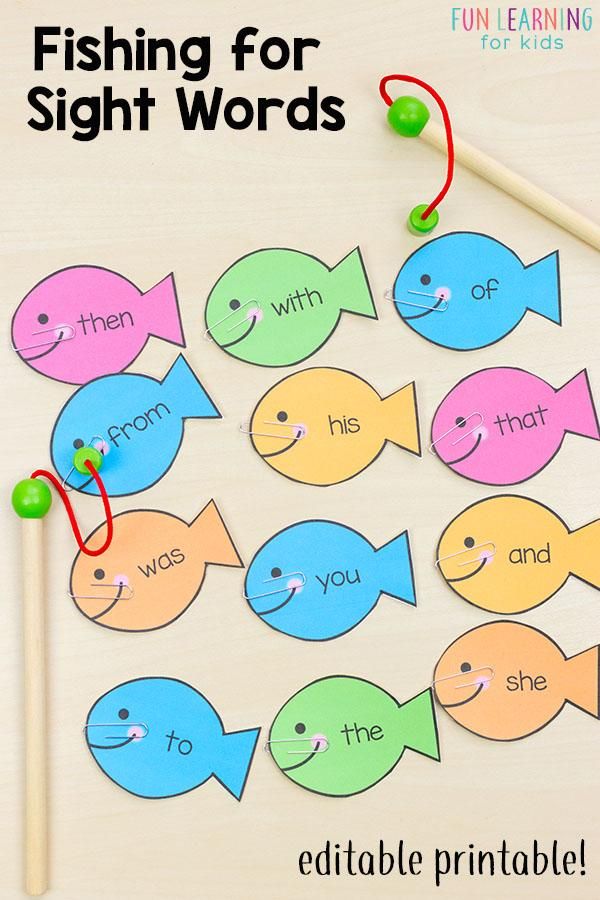 Both parents and educational institutions participate in the organization of developmental activities for children aged 6 years. Senior preschool age is the final stage in preschool childhood. Games and exercises that contribute to the comprehensive development of the personality of a preschooler and are aimed at meeting his needs for cognition will help the child achieve success in the upcoming school life.
Both parents and educational institutions participate in the organization of developmental activities for children aged 6 years. Senior preschool age is the final stage in preschool childhood. Games and exercises that contribute to the comprehensive development of the personality of a preschooler and are aimed at meeting his needs for cognition will help the child achieve success in the upcoming school life.
Classes in kindergarten
In preschool institutions, teachers organize developmental classes, taking into account federal state educational standards (FSES).
Five educational areas constitute the main structure in the organization of developmental activities for children of 6 years old.
| Educational area | Classes |
| Social and communicative development | Labor, basic life safety, social world |
| Cognitive development | World around, mathematics, construction |
| Speech development | Literacy education, speech development, reading fiction
|
| Artistic and aesthetic development | Music, drawing, modeling, application
|
| Physical development | Physical education in the street and in the gym |
Educational and upbringing processes are inextricably linked.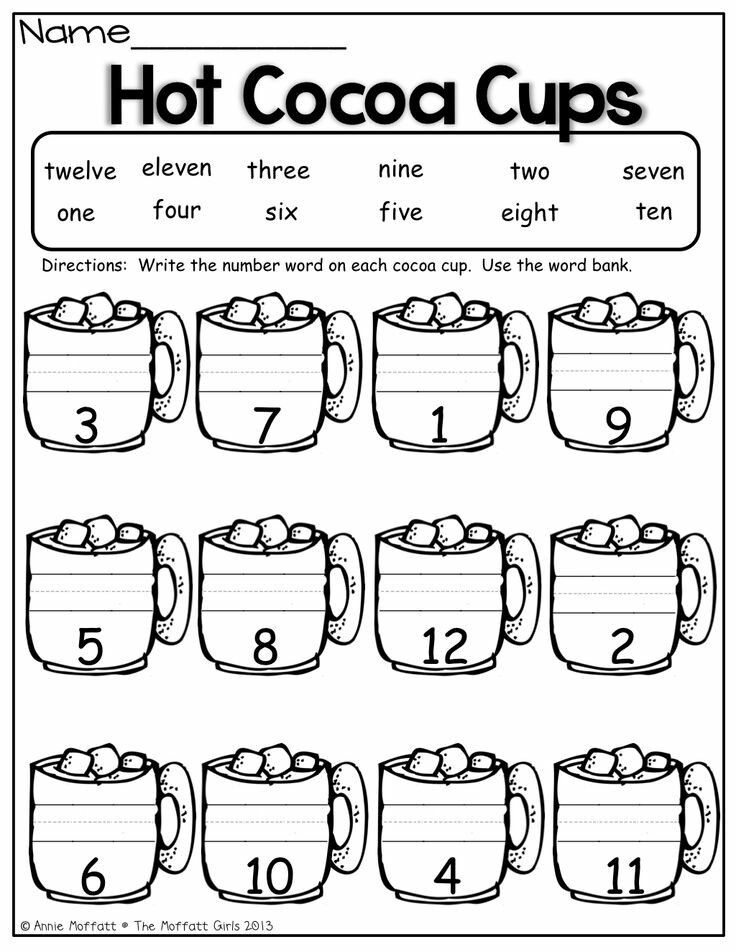 All classes in kindergarten have a developmental focus, as they contribute to the activation of all mental processes, develop motor skills and speech.
All classes in kindergarten have a developmental focus, as they contribute to the activation of all mental processes, develop motor skills and speech.
Homework
There are many interesting tasks that you can do with your child at home. All of them are aimed at enhancing attention, memory, thinking and other mental processes, the development of speech and logical thinking.
Logic
One of the most difficult and important topics for older preschoolers is the classification of objects according to various criteria. Despite the apparent simplicity, many children at the age of 6 find it difficult to correctly group objects according to certain criteria. Simple tasks will help the child gain experience in classification and prepare for math lessons at school.
The simplest option is to ask a preschooler to name objects of the same group, for example:
- flowers;
- domestic animals;
- trees;
- furniture;
- clothes.

In the future, you can narrow the group and ask to list, for example, only items of winter clothing, only fruit or coniferous trees, etc.
In any developmental task, move from simple to complex. Then the preschooler will not lose interest, and gaps in knowledge will not greatly upset him.
Another aspect of the development of logic is the ability to identify cause and effect relationships. The following exercise will contribute to this: the adult begins the sentence, and the child must logically complete it.
Examples:
- “There is a strong wind outside, so…”
- "If you don't wash your hands before eating, then..."
- "You learn letters to..."
Also, a preschooler should be able to find similarities and differences between objects. The child is invited to find the common properties and differences of objects, compare objects and recognize them by description.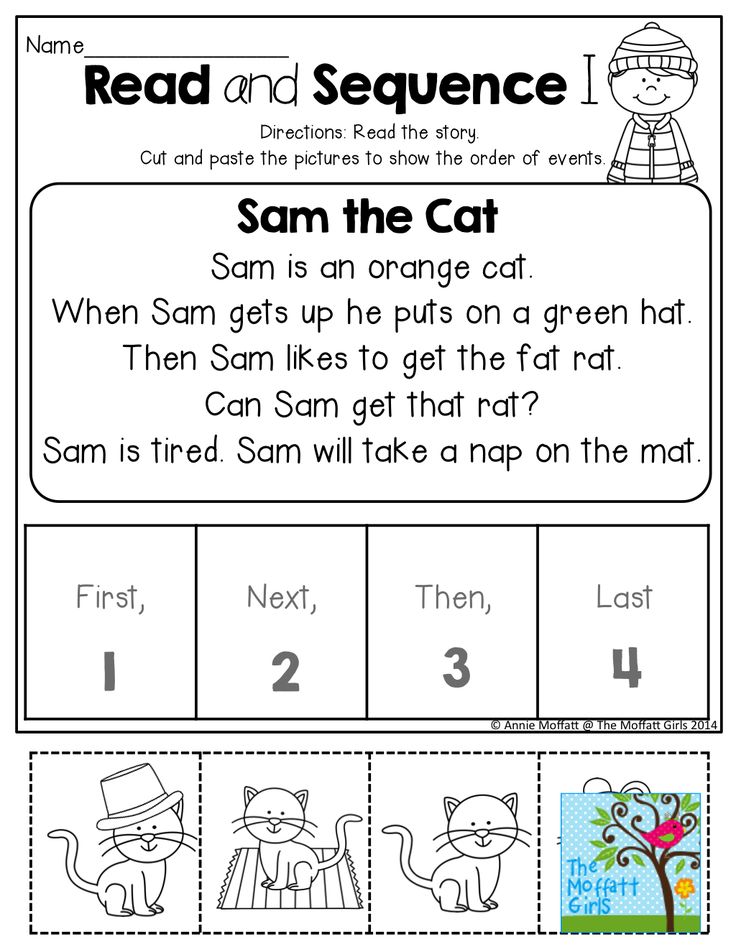 An adult describes an object or phenomenon, and a preschooler guesses.
An adult describes an object or phenomenon, and a preschooler guesses.
Examples:
- This object is big and round, we often see it in the kitchen, but it cannot be eaten…
- This item is warm and fluffy, it is blue in color and is kept in the closet…
- To prepare this dish, you need flour, eggs, butter ...
The preschooler can ask leading questions that provide more information about the subject. Such tasks will not take much time, but will contribute to the intensive accumulation of the dictionary, the development of logical thinking, memory, imagination, attention, figurative perception.
Attention
The development of a child's attention is a hot topic for many parents, as the ability to concentrate will help a preschooler in the learning process and will make it possible to avoid many troubles in everyday life.
- Find a path
Draw 10 intertwined lines of varying lengths.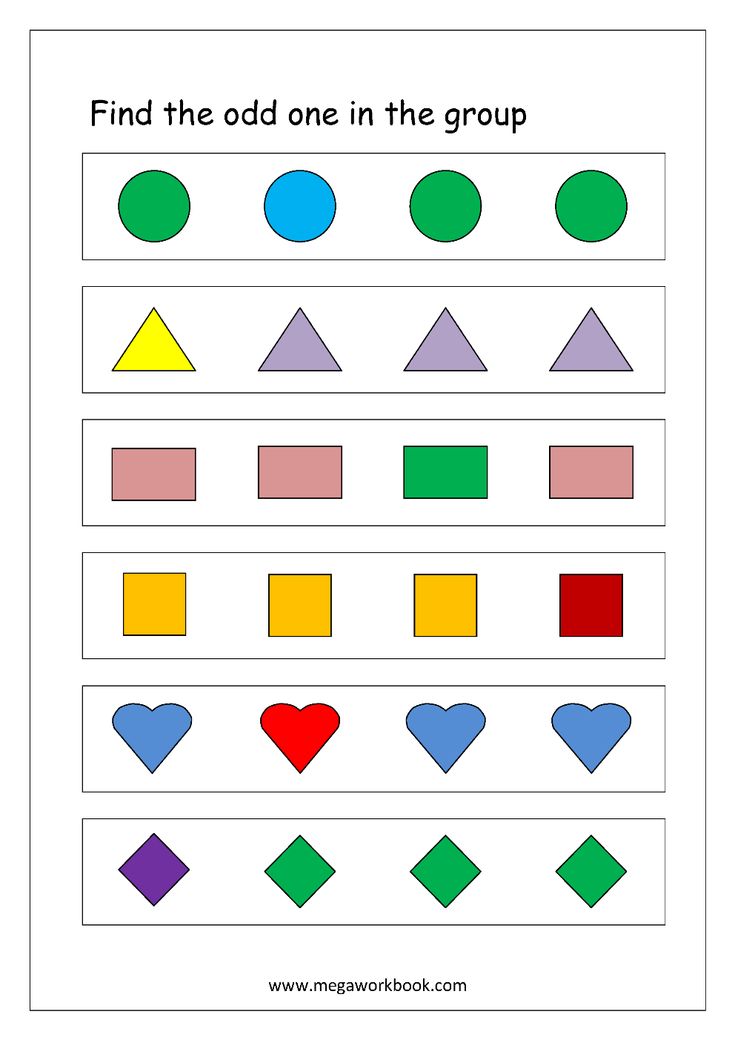 At the end and at the beginning of each of them, draw any objects, for example: a mouse and cheese, a caterpillar and a butterfly. Have the child follow each line and name the object at the beginning and end of the line. First, you can draw lines in different colors and suggest leading along the line with your finger or pencil. Then draw unrelated objects or any numbers and ask them not to use a pencil or finger.
At the end and at the beginning of each of them, draw any objects, for example: a mouse and cheese, a caterpillar and a butterfly. Have the child follow each line and name the object at the beginning and end of the line. First, you can draw lines in different colors and suggest leading along the line with your finger or pencil. Then draw unrelated objects or any numbers and ask them not to use a pencil or finger.
- Spot the Difference
An entertaining task known to everyone since childhood perfectly develops attention. The older the child, the more differences between objects and pictures he needs to find, the less time he is given to complete the task.
Speech development
The topic of speech classes for children 6 years old can be any object from the environment of a preschooler. These tasks contribute to the development of figurative thinking and enrich the speech and vocabulary of the future student.
- Describe the item
An adult names an object, and a preschooler needs to select as many qualities and characteristics for the object as possible: describe the shape, color, weight, taste, smell, size and other characteristics.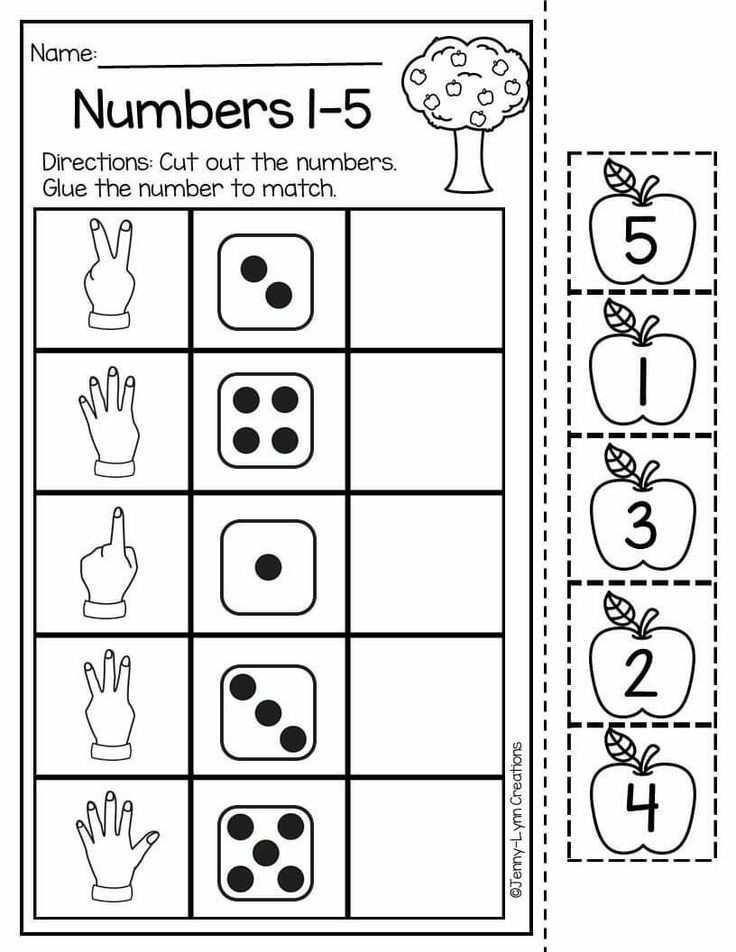 For example, an apple is large, fragrant, sweet and sour, heavy, round, juicy, ripe, etc.
For example, an apple is large, fragrant, sweet and sour, heavy, round, juicy, ripe, etc.
An adult can describe an object, while a child, on the contrary, guesses it from the description, specifying the classification.
- "Words in reverse"
An adult names a word, and a child suggests the opposite: heavy - light, hard - soft. This game can be diversified by the fact that the host calls not the quality of objects, but objects that have such qualities: instead of hot - the sun, instead of big - the ocean. The preschooler offers his own opposite words: snow, ant.
Do not forget that everything is good in moderation. Overloads can affect the health of the child - there will be fatigue, headaches, poor sleep, reduced immunity.
Didactic games
A variety of educational didactic games can help parents to carry out the learning process of a 6-year-old child in a fun and interesting way.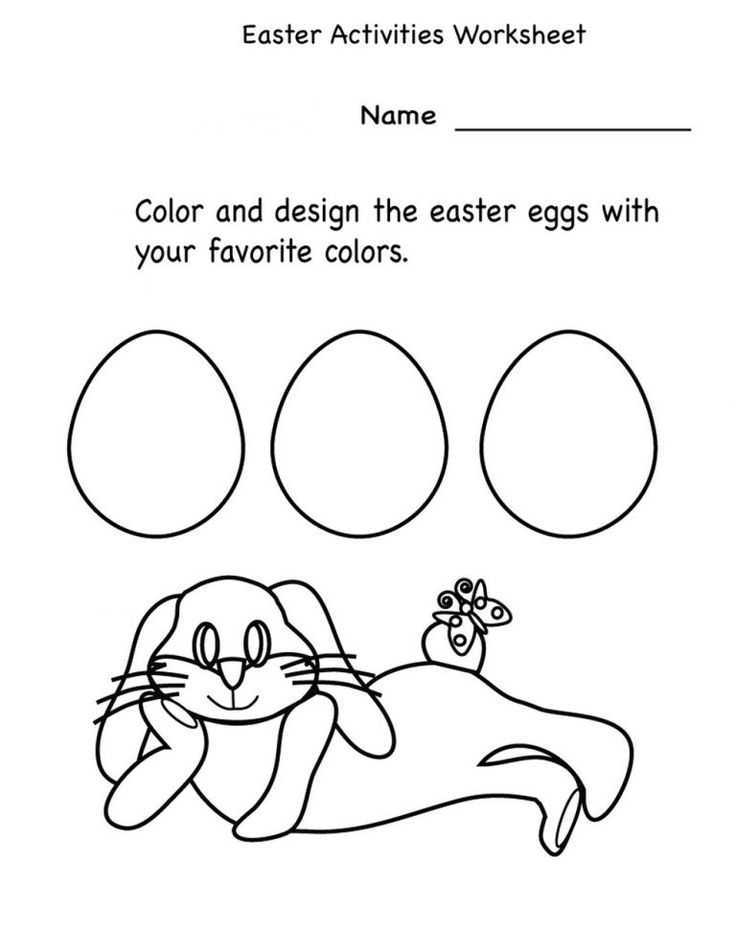 Usually these are various thematic cards, lotto or dominoes. You should not buy a lot of manuals, but it is better to choose 2-3 games that will really be useful and will interest a preschooler.
Usually these are various thematic cards, lotto or dominoes. You should not buy a lot of manuals, but it is better to choose 2-3 games that will really be useful and will interest a preschooler.
Foreign language
At the age of 6, children learn a foreign language with pleasure, memorize a large number of words, actively sing songs and read poetry. The main thing is that the learning process should not be boring and take place in a playful way with a sufficient amount of visual material. The preschool period is favorable for getting to know a new language, as children are attracted to phonetic games, there are no complexes and fear of mistakes. At home, you can repeat with the baby songs or poems learned with the teacher. You can also fix words on different topics: colors, body parts, clothes, dishes, products, etc.
Do not forget that all-round development is not only intellect. The child needs physical activity, therefore, special attention should be paid to this aspect and conditions should be created for the physical development of the preschooler.
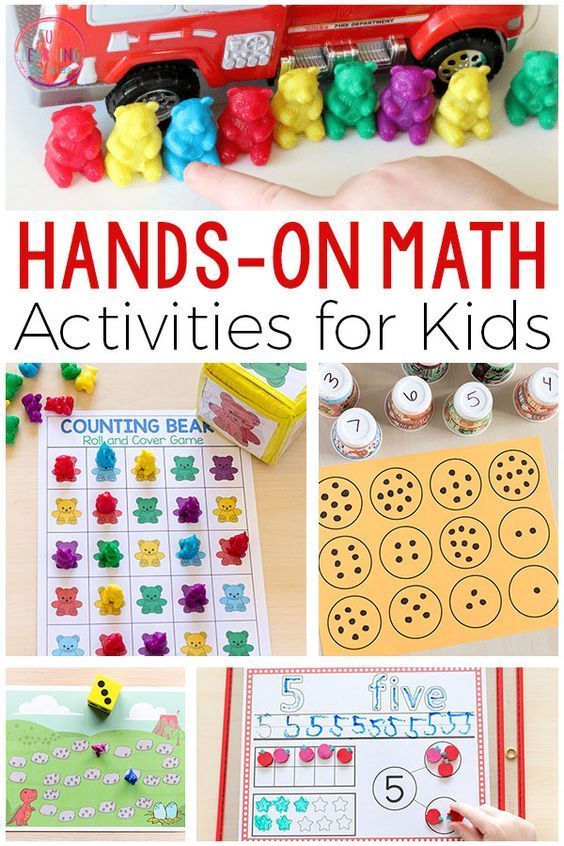
When choosing a developmental activity, one should not ignore the individual characteristics of the child - it would be much more correct, focusing on them, to involve the preschooler in the learning process.
Interesting activities for preschoolers. What to do with a child 5 years old at home: organizing children's leisure
Knowledge that a child of 5-6 years old should have
When studying with a child at home, adults should be aware that the ability to read, write and count is not at all the main thing in the preschool period.
If the baby has well-developed basic mental functions, such as memory, thinking, attention, perception and imagination, as well as speech and fine motor skills of the hand, then it will be quite easy for a first grader to learn the program material at school. But the development of intelligence in crumbs at preschool age is much more effective.
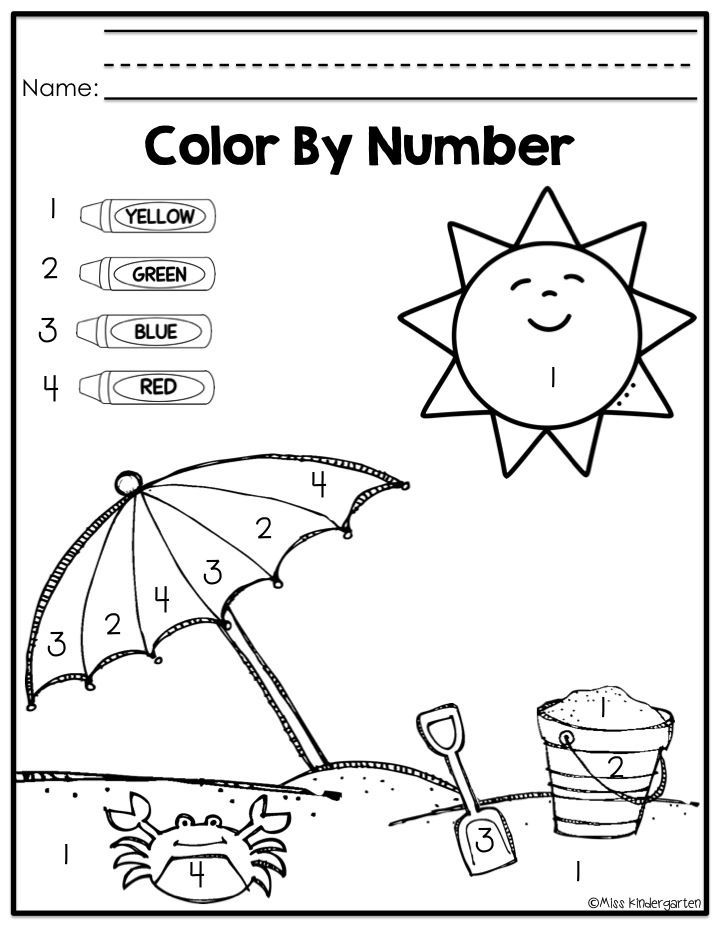
Mathematics:
- counting up and down within 10;
- composition of numbers within 10;
- visual image of numbers and their spelling;
- mathematical operations within the first ten - addition and subtraction, knowledge of the signs by which they are denoted - "+", "-";
- set comparison - greater than, less than, equal to; signs - ">", "<", "=";
- understanding and precise, correct answer to the question: how much? Which? What's the score?
- Ability to compose and solve a problem in one step - addition and subtraction;
- orientation in space: up, down, forward, backward, before, after, right, left; know the concepts of “lower-higher”, “longer-shorter”, “further-closer”;
- knowledge of basic geometric shapes: circle, square, rectangle, triangle, trapezoid, rhombus; and geometric bodies: cube, ball, cylinder, pyramid;
- the ability to determine the shape of various bodies - round, square, rectangular, triangular;
- division of a circle and a square into 2 and 4 identical parts;
- ability to solve simple puzzles.
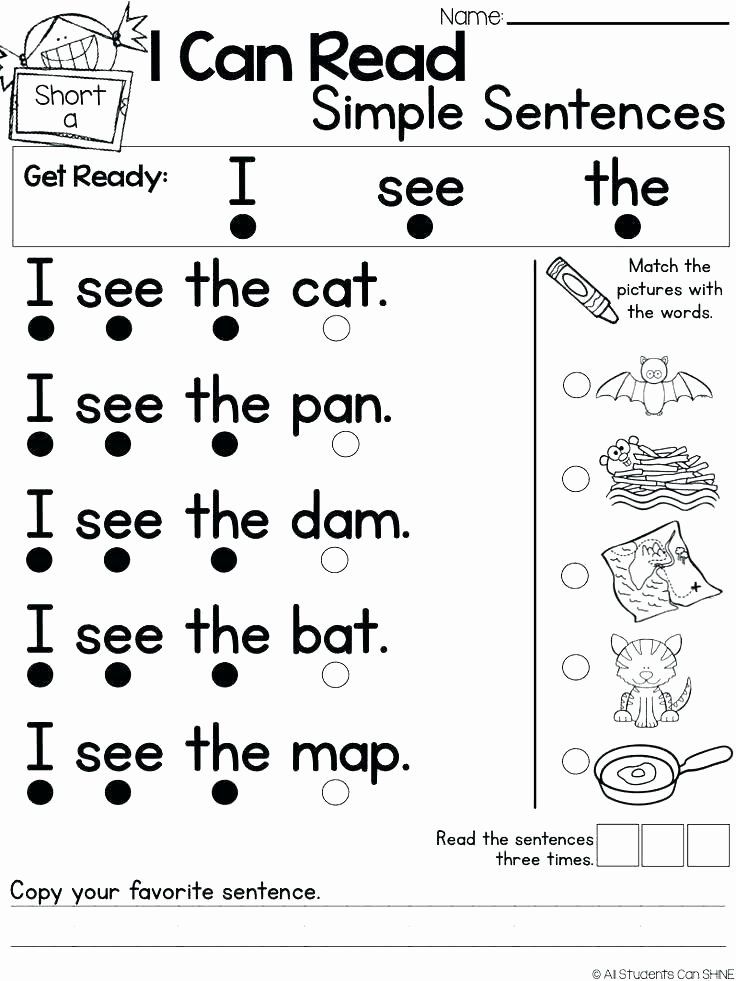
Logical thinking:
- classification of objects according to some attribute;
- compiling stories according to the proposed illustration or continuing the story according to a given beginning;
- the ability to find an object that does not belong to this group, superfluous;
- establishing patterns and continuing the series.
Speech development:
- the baby should know his last name, first name, patronymic, age, city of residence, address and phone number, names of parents and grandparents, place of work of parents, profession;
- the quality of coherent speech is practically the same as in adults;
- pronounce all speech sounds clearly; speech should be coherent, expressive;
- be able to use prepositions, change words according to numbers, cases;
- emotionally color your speech with the help of intonation;
- distinguish and be able to use incentive and declarative sentences, interrogative and exclamatory;
- ask questions, reason and argue;
- participate in a dialogue, conduct a monologue;
- know poems by heart, tell them expressively; retell great works.

- If the child is not yet familiar with letters, cannot read, then now is the time to start doing it
Knowledge about the surrounding world:
- know the names and classify all the objects around him: furniture, clothes, shoes, dishes, household appliances, wild and domestic animals, plants, fruits, vegetables and berries, know the names of fairy tales that he loves and the names of fairy-tale characters, the names of his favorite cartoons;
- know the months in order, according to the seasons, name the current month, days of the week.
Self-service skills:
- rules of etiquette;
- use the telephone;
- without reminders to wash, brush teeth, wash hands with soap and water after going to the toilet and walking, rinse mouth after eating;
- be able to insert a thread into a needle, learn to sew on a button;
- to use buttons, laces and buttons;
- take care of your appearance, nails, clothes, hair;
- know the basic rules of the road.

Memory development:
- memorize 5-6 visual images;
- 4-5 words, not interconnected;
- repeat 5-6 actions that were shown to adults.
Things to consider when organizing classes
Education should be organized around all activities of children. They must improve the skills of modeling, designing, drawing. But at the age of 5-6, a gradual transition to a learning style begins, when children need to be taught to perform the required tasks. Children still feel the need for play activities. Based on this, the learning process, although it becomes more focused, also includes elements of the game.
The intelligence of a child is determined by such cognitive processes as attention, imagination, perception and memory.
The attention of children 5-6 years old is characterized by involuntariness; The kid is not yet able to manage his emotions, concentrate and direct attention to important things.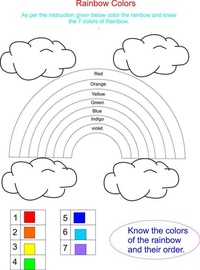 Because of this, it can be under external impressions. These impressions are expressed in the fact that the child is quickly distracted, he cannot focus on any one object or action, and the activity must often change. Adult guidance is aimed at gradually increasing the level of concentration. A child with this attitude will develop responsibility for the results of his actions.
Because of this, it can be under external impressions. These impressions are expressed in the fact that the child is quickly distracted, he cannot focus on any one object or action, and the activity must often change. Adult guidance is aimed at gradually increasing the level of concentration. A child with this attitude will develop responsibility for the results of his actions.
It is necessary to teach the child to retell what they read
This course of action assumes that the child will conscientiously and carefully perform any tasks, regardless of whether it is interesting or not.
Organization of children's leisure at home
Proper organization of a child's leisure ensures his harmonious development. Children learn the world best in the game. So the child learns, develops and receives a lot of emotions.
Leisure activities at home are different from what you can do with your child on the street. Home games should be calmer, aimed at developing counting and reading, logic and thinking, memory and attention, provide the maximum cognitive effect (distinguishing colors, seasons, learning the rules of the road, the ability to navigate the street, rules of conduct when a child is alone at home , know your first name, last name, address, etc.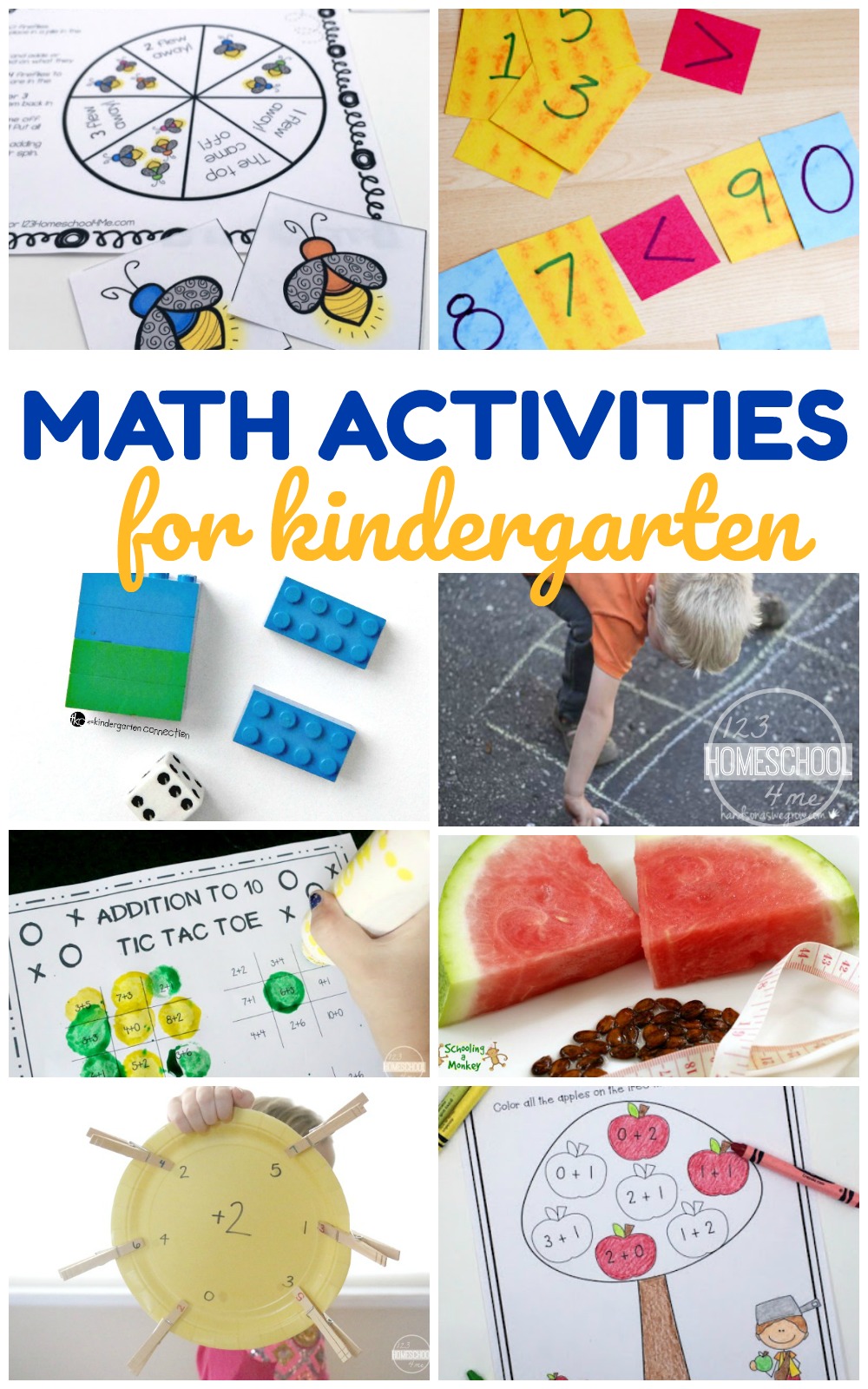 ).
).
First of all, the child should be interested and not tiring. Therefore, all classes with preschool children should not exceed 30-35 minutes.
The participation of adults is very useful, but on one condition. Children invite adults themselves or agree to their participation in the game voluntarily. At home, it is very exciting for children to organize all kinds of holidays (Birthday, New Year), you can come up with the name of “your” holiday, to which you invite your child’s friends, organize team competitions, you can add learning a foreign language with the help of cubes.
From the age of five, your child is already a senior preschooler. Therefore, you can already begin to teach him how to handle a pen, suggest drawing small figures in a notebook, coloring pictures, trying not to go beyond the lines. All this helps not only to brighten up the child's leisure time, but also prepares the hand for writing.
Sometimes it becomes necessary for a child to play by himself for some time, so that adults can finish their business. You can offer several activities that can captivate the baby for up to an hour and a half: plasticine, sand, watching cartoons.
You can offer several activities that can captivate the baby for up to an hour and a half: plasticine, sand, watching cartoons.
Target orientation of classes
Classes that are aimed at the development of children of five or six years old are very diverse. Classes of this type will allow you to gradually transfer game forms into training ones. Such a transition for children is carried out without stress and without problems.
Tasks are presented in the form of solving riddles, coloring pictures. Then the child masters the recipes. Children at the age of 5-6 love to perform logical tasks.
In a children's education program that uses developmental forms, classes should achieve the following goals:
- develop cognitive interest;
- improve creative, physical and intellectual abilities;
- tasks should contribute to a positive attitude towards future schooling.
Memory training game
The program for the specified age group should have tasks:
- on the basics of native speech, which lay the foundation for teaching reading, the Russian language, develop the speech of children.
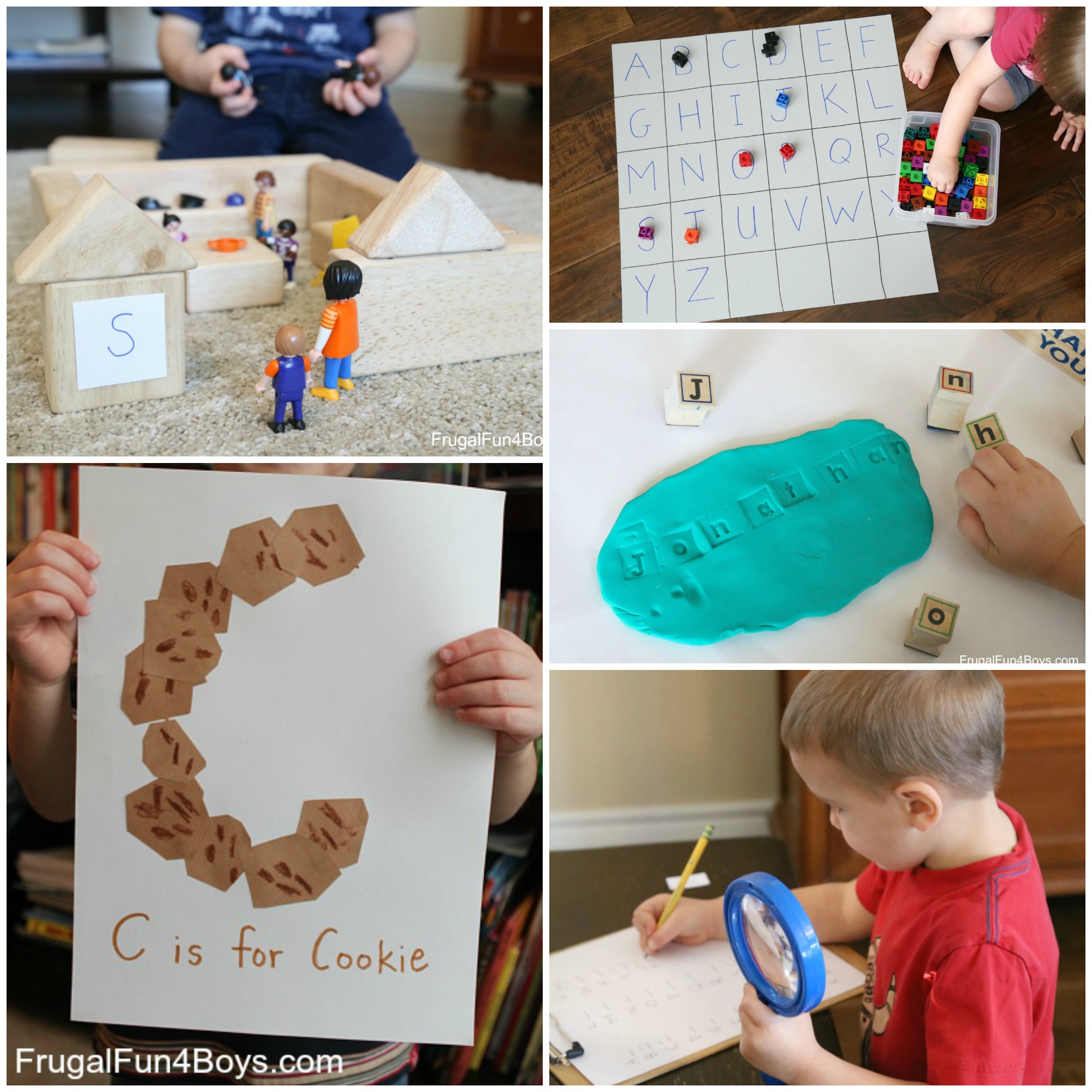
- mathematical direction - the beginning of arithmetic and geometry, tasks aimed at developing attention, strengthening memory and logical thinking.
- on the formation of interest in nature, the ability to be sensitive to it, as well as the first knowledge of ecology.
- on the study of the physical component of the simplest everyday phenomena and astronomical knowledge.
Children aged 5-6 are very fond of playing with construction sets
Children of this age are interested in fine arts, they like to design, make some products.
At the age of five or six, children can be occupied with various activities for up to two hours - they will not get tired. Moreover, the concentration of attention during this time does not decrease. Children can be involved in activities during this time. Only tasks need to be changed and take small breaks.
What forms of activities are most suitable
Use of toys and various games for developmental learning.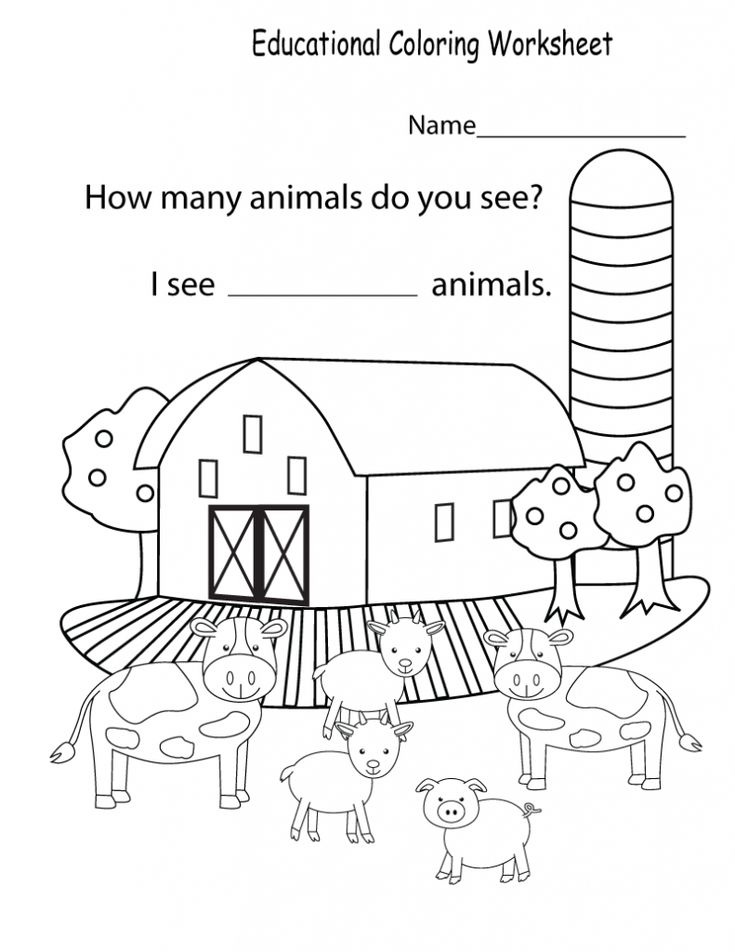 The big advantage is that children play and learn at the same time on a completely voluntary basis. They are interested in the results, they do not overwork. Thus the development of logic progresses beautifully in Nikitin's games.
The big advantage is that children play and learn at the same time on a completely voluntary basis. They are interested in the results, they do not overwork. Thus the development of logic progresses beautifully in Nikitin's games.
Board games gradually teach math, traffic rules, letters and reading. During the game, children develop perseverance, patience and skills of decent behavior.
Artistic creativity is a great way to develop abilities
Creativity at this age is best manifested in the design and implementation of crafts. Moreover, the tasks should gradually become more complex, including elements of independent modeling. The child learns to be creative. He learns to think and think logically, develops fine motor skills.
Developmental learning at 5-6 years old is best done through play activities. The child must, in the process of development, prepare for the traditional school system of education.
Classes in kindergarten
In preschool institutions, teachers organize developmental classes, taking into account federal state educational standards (FSES).
Five educational areas constitute the main structure in the organization of developmental activities for children of 6 years old.
| Educational area | Classes |
| Social and communicative development | Labor, basic life safety, social world |
| Cognitive development | World around, mathematics, construction |
| Speech development | Literacy education, speech development, reading fiction |
| Artistic and aesthetic development | Music, drawing, modeling, application |
| Physical development | Physical education in the street and in the gym |
Educational and upbringing processes are inextricably linked.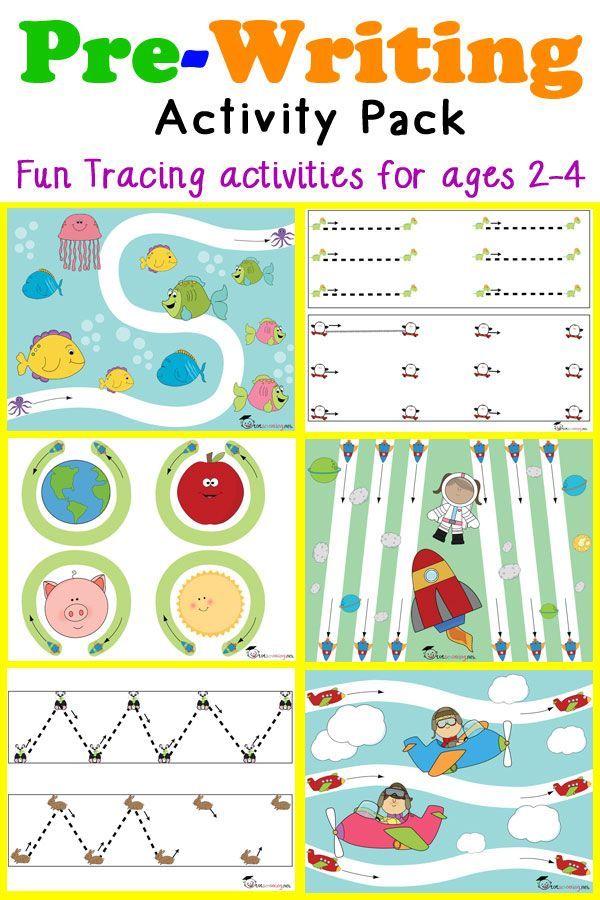 All classes in kindergarten have a developmental focus, as they contribute to the activation of all mental processes, develop motor skills and speech.
All classes in kindergarten have a developmental focus, as they contribute to the activation of all mental processes, develop motor skills and speech.
Activities at home
There are many interesting activities that you can do with your child at home. All of them are aimed at enhancing attention, memory, thinking and other mental processes, the development of speech and logical thinking.
Mathematics
- Number series. Cards with numbers from 0 to 10 are needed. An adult thinks of two numbers and puts cards with the corresponding numbers in front of the baby (for example, 2 and 8). The task of the child is to lay out cards with the numbers that are between them (in our example, the child must lay out 3, 4, 5, 6, 7 between these numbers).
- Coloring pages in which you first need to draw a picture, connecting the numbers in ascending order;
- Coloring by numbers;
- Cottages;
- Copybooks with numbers;
- Laying out numbers from counting sticks.

- Tasks for addition and subtraction. Use visual examples to teach. It will be much more interesting for the kid to count how many sweets were in the vase and how many will be if you eat, for example, 5 sweets, or add 3 more to them. Or count how many apples there were and how many will be if they treat him with one more. And what is interesting for a preschooler, he will learn much faster. For example, you can use colorful illustrations.
- Set comparison;
- Geometric figures;
- It will be very interesting for a child to solve geometric examples.
- Simple plastic cubes will help your child learn basic geometric bodies. They can also help in determining whether an object is round, oval, etc. Build a house with your child, naming geometric bodies - a cube and a pyramid, to build a tower, take a cylinder and a pyramid. Now ask your little one to build something on their own. Let him name which geometric bodies he uses.
- Use puzzles in verse.
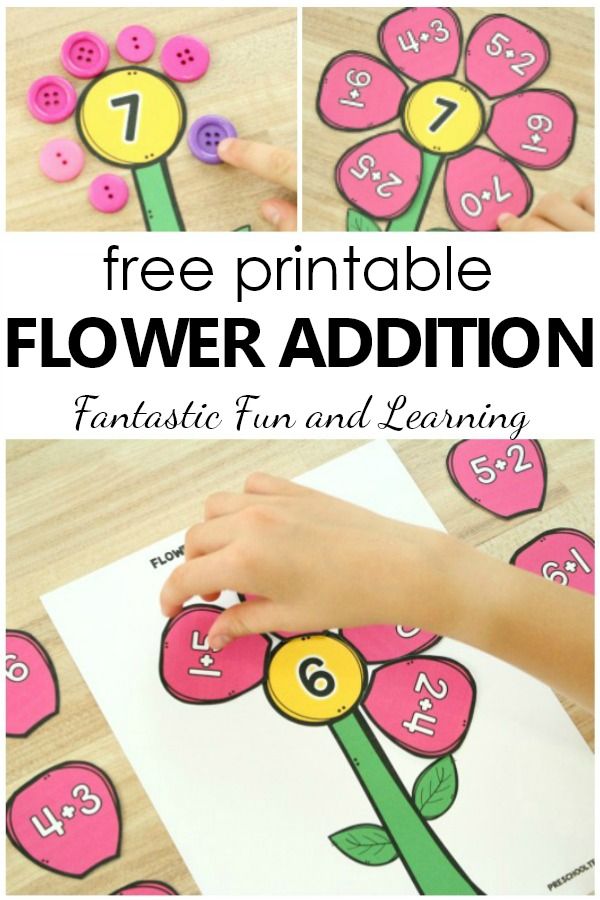 They are much more entertaining for a preschooler and they are perceived much easier.
They are much more entertaining for a preschooler and they are perceived much easier. - Children will love the variety of math presentations or flash games on a computer or tablet. They can be successfully used in your home math lessons.
Logical thinking
For the development of logic in children, you can buy interesting didactic games (these can be puzzles “split into groups, lotos, dominoes, etc.) and ready-made notebooks with a variety of colorful illustrations.
If it is possible to print them on a printer, then you can make excellent educational aids with your own hands by finding such cards on the Internet. In this case, it will be easier for you to choose material for home lessons according to the preferences of your baby.
Various constructor is very useful for the development of logic. In stores it can be purchased for both girls and boys.
Preschoolers will enjoy working with visual material even more. So, for example, you can put 4-5 fruits and one vegetable in a basket and ask the baby to find the extra.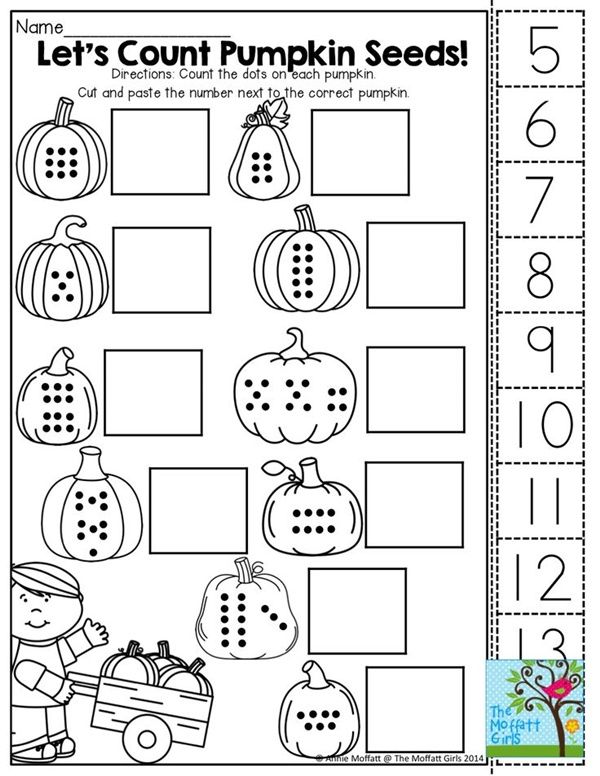
You can offer your child to find something superfluous among animal figurines (according to the wild-domestic principle), find something superfluous among toy furniture (for example, a toy vacuum cleaner - household appliances).
In order for the baby to learn to classify, you can play with bright plastic cubes. They can be divided into groups according to several characteristics (color, shape, size). Ask your child to tell you how he did it. In the same way, you can use almost everything that you have at home.
When teaching your child to tell a story from pictures, try to make coherent speech and complete sentences.
To begin with, you can help a little student by asking leading questions. When the child understands how to do this, you can already ask him to write a story on his own or finish the story you started. Try swapping pictures.
Before starting the story, the kid must guess that the order of the cards is not correct.
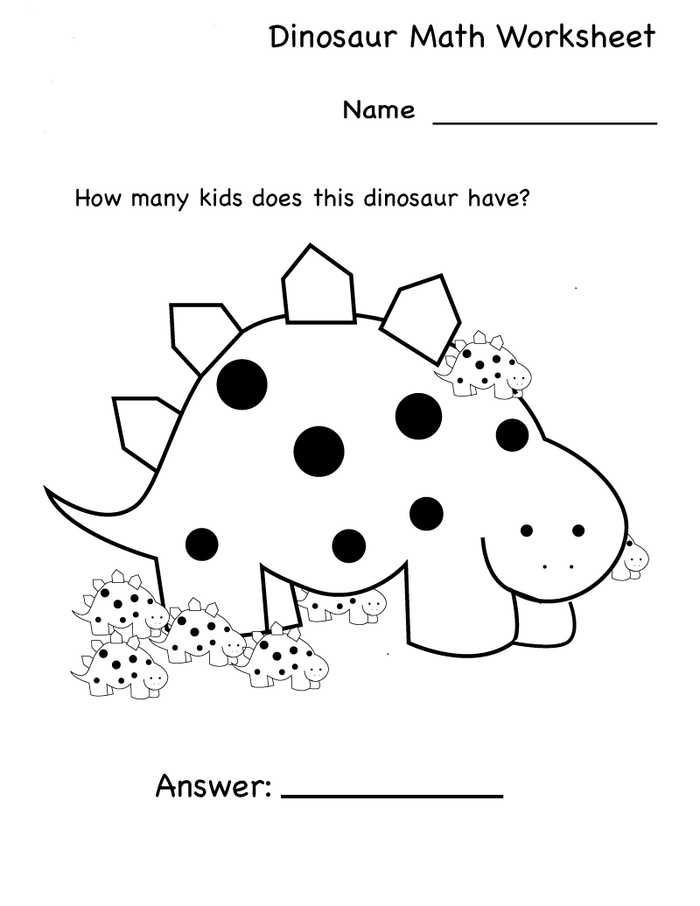
Use your imagination, and the lesson will turn into an exciting game for the crumbs.
- Find an extra item
- Divide into groups
- Drawing up stories from pictures
- Pattern setting
Attention
The development of a child's attention is a hot topic for many parents, as the ability to concentrate will help a preschooler in the learning process and will make it possible to avoid many troubles in everyday life.
Find a Path
Draw 10 intertwined lines of varying lengths. At the end and at the beginning of each of them, draw any objects, for example: a mouse and cheese, a caterpillar and a butterfly. Have the child follow each line and name the object at the beginning and end of the line. First, you can draw lines in different colors and suggest leading along the line with your finger or pencil. Then draw unrelated objects or any numbers and ask them not to use a pencil or finger.
Find the differences
An entertaining task known to everyone since childhood perfectly develops attention. The older the child, the more differences between objects and pictures he needs to find, the less time he is given to complete the task.
Knowledge about the outside world
Classes about the outside world can be done almost anywhere: at home, in the store, on a walk, in line at the clinic.
When you are in the store, ask your child to name vegetables, fruits, and berries that are familiar to him. Show the ones he doesn't know yet. On a walk, you can remember the types of transport encountered, consider various trees and their leaves, bushes, flowers, grass.
Be sure to talk about what season it is now, look for its signs in nature, remember the names of the months of this season, what month is now, what season was before it and will be after, changes in nature that they will bring with them and the name of the months.
Talk about birds, migratory and wintering species, those that live in the forest and in the city. Remember wild and domestic animals, insects.
While waiting in line at an institution, you can tell your child about the different professions of the people who work there.
Ask your child to remember what they know and can name when they go into clothing and footwear stores.
In a household appliance store, you can introduce your child to one that you don't have at home and explain what it is for.
Introduce the child to new information and remember what he knows everywhere. All this is a great way to introduce the baby to the outside world using examples from life, and the knowledge gained in this way is absorbed much more efficiently.
Also, various didactic games, cards, lotto, dominoes will perfectly help in getting to know the outside world.
Speech development
The topic of speech classes for children 6 years old can be any object from the environment of a preschooler.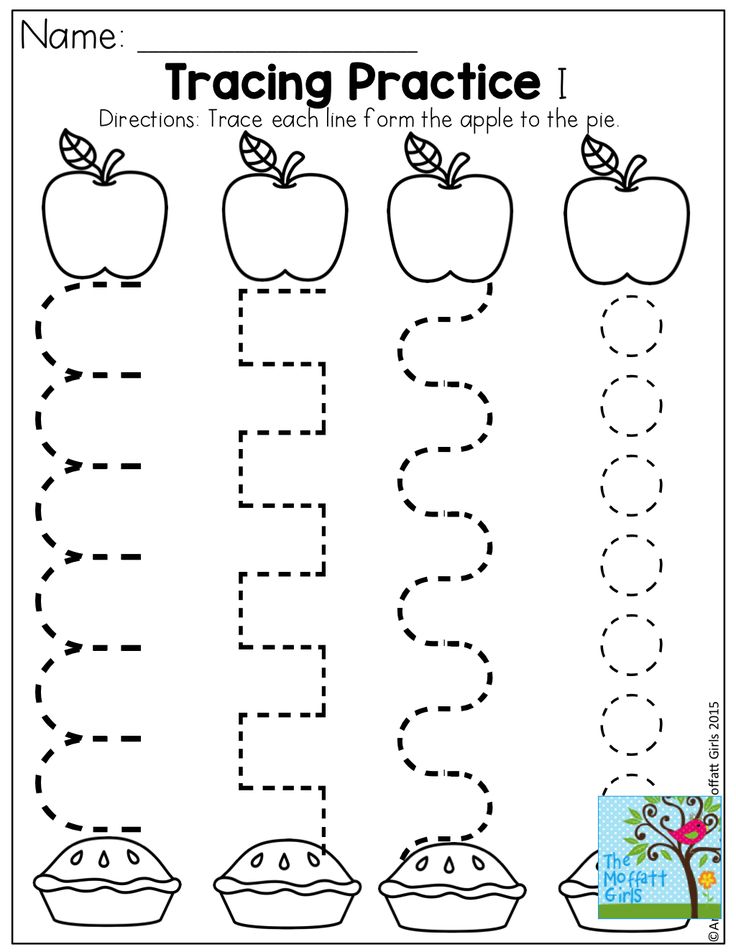 These tasks contribute to the development of figurative thinking and enrich the speech and vocabulary of the future student.
These tasks contribute to the development of figurative thinking and enrich the speech and vocabulary of the future student.
“Describe the object”
The adult names the object, and the preschooler needs to select as many qualities and characteristics for the object as possible: describe the shape, color, weight, taste, smell, size and other characteristics. For example, an apple is large, fragrant, sweet and sour, heavy, round, juicy, ripe, etc.
An adult can describe an object, while a child, on the contrary, guesses it from the description, concretizing the classification.
“Words in reverse”
An adult names a word, and a child suggests the opposite: heavy - light, hard - soft. This game can be diversified by the fact that the host calls not the quality of objects, but objects that have such qualities: instead of hot - the sun, instead of big - the ocean. The preschooler offers his own opposite words: snow, ant.
Do not forget that everything is good in moderation. Overloads can affect the health of the child - there will be fatigue, headaches, poor sleep, reduced immunity.
Learning a foreign language
At preschool age, the language system is laid. The child learns to navigate in the system of signs and concepts. For this, mental functions mature in him. Preschool childhood is a favorable period for mastering a foreign language.
It is worth learning a new language in a playful way, without imposing classes. It is useful to include cartoons in a foreign language, audio recordings of dialogues, and show pictures with words in the lessons. Language learning is combined with creative pursuits and physical activities (such as playing with a ball).
Didactic games
A variety of educational didactic games can help parents to carry out the learning process of a 6-year-old child in a fun and interesting way. Usually these are various thematic cards, lotto or dominoes.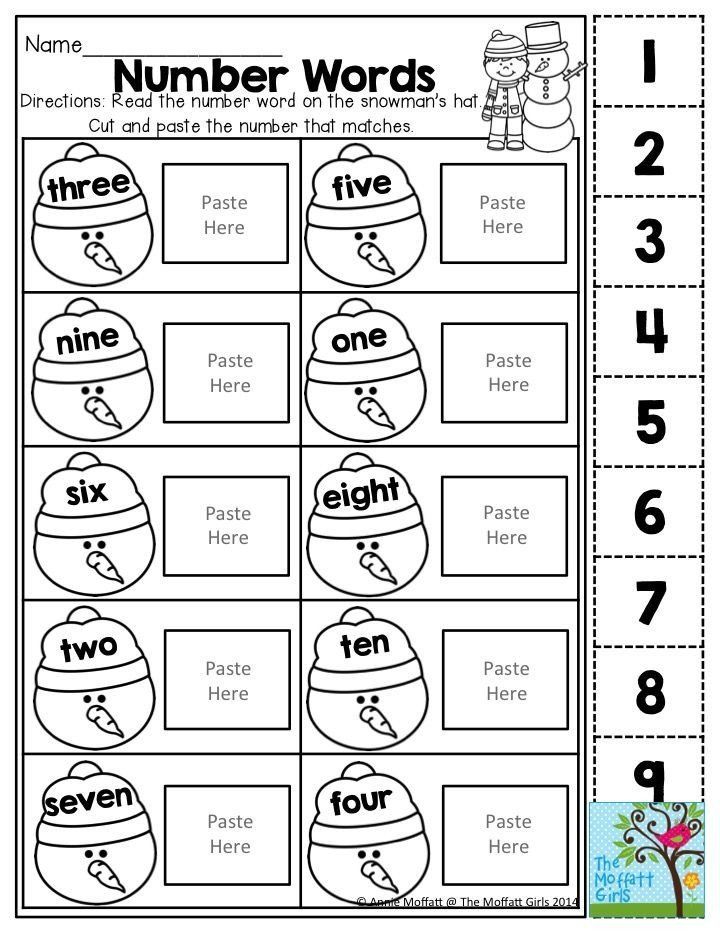 You should not buy a lot of manuals, but it is better to choose 2-3 games that will really be useful and will interest a preschooler.
You should not buy a lot of manuals, but it is better to choose 2-3 games that will really be useful and will interest a preschooler.
Preparation for school
As part of the preparation for school:
- children are taught to plan activities and achieve results;
- carry out work to improve self-esteem;
- develop the arbitrariness of mental processes;
- preparing hands for writing;
- learn the alphabet and counting.
Classes include game situations. You can not sit a preschooler to study at a desk for 45 minutes, as in a school lesson. The optimal duration of the lesson is 15-20 minutes with a change of activity.
Important
The main leading activity of a preschooler is play.


